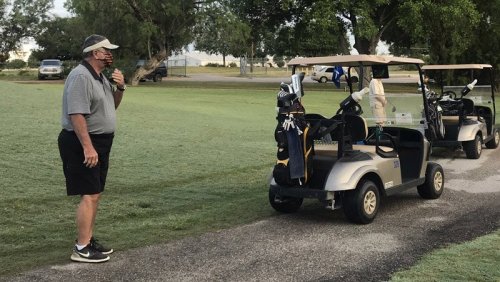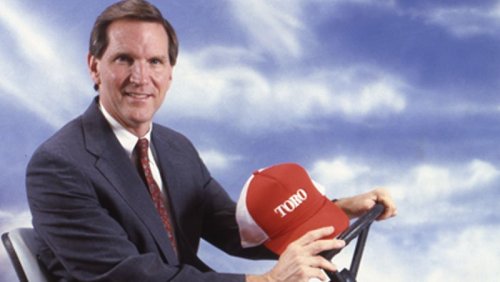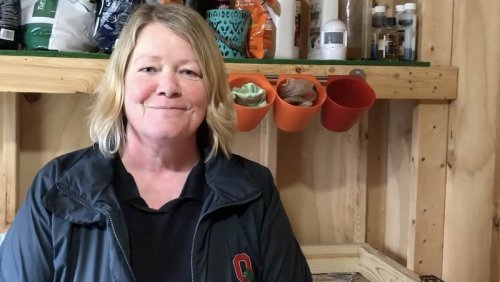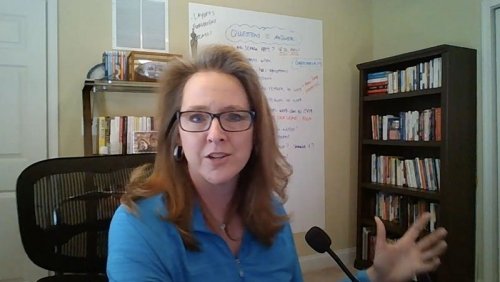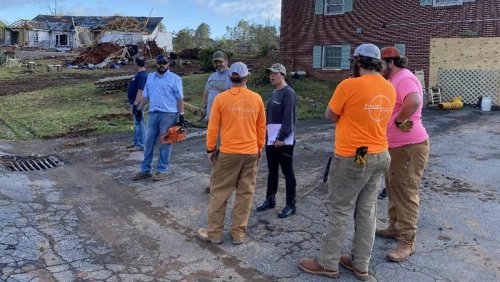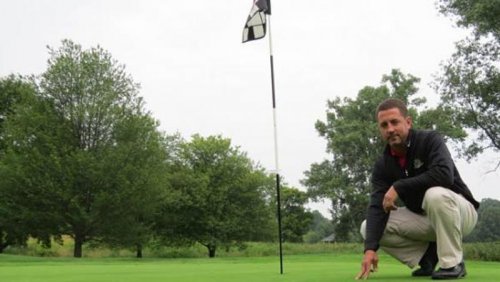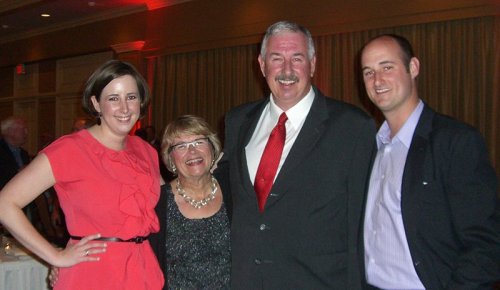

The golf season was just heating up in mid-March with only about a month to go until the Masters Tournament when governors across the country began implementing shelter-in-place orders.
In a world suddenly filled with unknowns, there are some things of which we are certain. We know the virus is serious and deadly and that people are sick and dying. We know the economy is in the tank. And we know that experts in each field are telling us the worst for both is yet to come. We know our educational system - with some exceptions - is struggling to adequately prepare children for the future in an online environment. We know we do not control our lives and the world around us quite like we thought we did. And we know the psychological toll has been devastating and that its effects will be felt for years.
If you are feeling undue stress related to the coronavirus, you're not alone.
Human Resources Executive, a publication dedicated to the HR industry, reported last month that 69 percent of workers in the U.S. admit that the coronavirus has caused the most stressful time they've known. This from a workforce that mostly includes those who lived through 9/11.
For the nearly 37 million Americans who are currently unemployed, stress levels no doubt are much higher. For the 31 percent in the HRE poll who gave the coronavirus era a collective "meh", I want some of what they're drinking.
The virus will actually infect few of us, which does nothing to lessen how dangerous it is. Just ask Karl Danneberger at Ohio State. It's effect on our psyche will be far more reaching.
As humans we are social beings. We are not wired to be locked away from each other for weeks. Families have been separated. Nursing home residents and hospital patients are denied visitors. We have no idea when this will end, or if it ever will. We don't know what the world will look like on the other side of this, but we know it won't be the same.
Although our interactions with others outside our immediate families have been put largely on hold, it does not absolve us of our responsibility to be kind to others. Our chances to do so are fewer these days, but they are still there for those who look. We all are going through a lot; be kind to others and to yourself.
The reasons for increased stress levels are real, and pretty much all of them center entirely around financial and health issues, both physical and psychological. After that, what else matters? Right now, not much.
After flirting with record lows for much of 2019 and early 2020, nationwide unemployment reached nearly 14.7 percent in April, according to the U.S. Bureau of Labor Statistics. It's the highest mark on record since the Fed began tracking such data in 1948.
We face a barrage of data every day from multiple sources, all of whom admit they don't fully have their arms around what makes this virus tick, and more importantly, what stops it from ticking. And with no end to virus protocols in sight, most of us are armed with more questions than answers about the future.
Even as sectors of the economy begin to open around the country, the virus will get worse before it gets better - and so will the economy.
The Wall Street Journal reported last month that the projected unemployment rate this summer will peak at 16 percent in the third quarter. We're pretty close to that already. Economists from Goldman Sachs have said that number could go as high as 25 percent, while a Federal Reserve economist said 32 percent is not out of the question. Sixteen percent unemployment is scary, 25 percent would match that of the Great Depression, while 32 percent could cause irreparable damage to the economy, according to Federal Reserve Chairman Jerome Powell.
The economics of the situation bring into play a host of questions. Will I have a job tomorrow, next week or next month? Will I be able to retire - ever? How do I send my kids to college?
For those already on the wrong side of the labor statistics, many of whom are still struggling with the unemployment systems in their respective states, the questions become much more grassroots: Will I be able to feed my family or keep my home?
Stages of reopening the economy vary by state. Some industries are open, some are not, and when they will be able to reopen is, in many cases, a mystery. What we know is that many businesses, sadly, will never reopen, including some golf courses. Those that do reopen will do so under a new set of guidelines that some elected officials and public health professionals suggest remain in place until a vaccine is developed as some areas of the country have transitioned from a goal of "until we flatten the curve" to "until we find a cure." Many of the world's best minds are racing to be the first to develop a cure, but given nature's ability to outwit medical science (the common cold, flu, HIV and cancer), there is no guarantee a vaccine is coming.
To date, nearly 90,000 U.S. deaths have been blamed on the coronavirus, and that number is expected to approach 150,000 the summer.
Schools nationwide from kindergarten through college have been shut down since March. Some universities already have announced that they will offer only online studies in the fall semester. Others are working on plans and contingencies to reopen in the fall, but there is no concrete plan in any state that guarantees students will be seated at a desk in a classroom come fall. A lot of what-ifs.
Some teachers unions are threatening to no-show for in-person school without enough tests for faculty, staff and students. Some states have announced hybrid plans that include a mix of in-person and online education.
Although some schools and universities have thrived in an online environment since Al Turgeon and Penn State introduced distance learning in 1998, online-only instruction caught most schools with their pants down this year and most have a lot of catching up to do if a virtual classroom exists again in the 2020-21 school year.
The toll this experience will take on all of us, whether from a physical or mental health perspective will be immense, so be kind to others. You never know what someone else is going through at this time, but you know they have a lot on their minds. We all do.
- Read more...
- 1,741 views


